In 1995, Her Majesty was heard to remark that the worst aspect of the Parker Bowles divorce was that she had got Danny back. Danny was a corgi given to Camilla and me by the Queen in the early 1990s. She had previously given us a corgi called Windsor Flame who was wonderful, intelligent and brave. Danny had none of these qualities. He was short in looks, legs and temper. After the divorce he returned to Windsor, where he spent the rest of his life, very happy, in the care of Mrs Nancy Fenwick, who was unofficially the keeper of the Queen’s dogs.
I came to realise how much the Queen’s dogs meant to her, how much she loved them and how very knowledgeable she was about them. She owned more than 30 corgis during her lifetime. Animal psychologist Dr Roger Mugford, after watching Her Majesty feed her dogs, each in turn, eldest first, wrote: ‘There is barely anyone on the planet who could achieve that control over their dogs.’
Princess Elizabeth’s first dog was given to her by her father as a seventh birthday present. It was a Pembrokeshire corgi named Dookie. Corgis are Welsh cattle-herders by nature and are known as ‘heelers’ for their tendency to nip at the heels of the cattle to keep them moving. Human ankles can be a substitute for cattle hooves, as many a royal footman discovered. Her Majesty’s favourite corgi was said to be Susan, who after the Queen’s wedding was hidden under a carriage rug and taken by her owner from Buckingham Palace to Broadlands for her honeymoon. When Susan died, her gravestone read: ‘Susan, for almost 15 years the faithful companion of the Queen.’
 With Susan at Balmoral Castle in 1952 [Getty Images]
With Susan at Balmoral Castle in 1952 [Getty Images]
‘Dorgis’ became members of the Queen’s pack as a result of an unofficial friendship between the Queen’s corgi Tiny and Princess Margaret’s miniature dachshund. The Queen was so delighted with the resulting puppies that many more dorgis were born.
Although Her Majesty never shot game, she delighted in working her labradors. Bill Meldrum (who was her gun-dog trainer and head keeper at Sandringham) was, like the Queen, very competitive. Their most successful labrador was the famous Sandringham Sydney, who won the gundog trophy at the Game Fair in 1972, 1974 and 1975. He was also pretty smart on the breeding front, covering 77 bitches in one year. In the 1980s, the royal kennels branched out into working cocker spaniels and, with Mr Meldrum in charge, they had many more competition successes.
 With Aureole at Royal Ascot in 1954 [Getty Images]
With Aureole at Royal Ascot in 1954 [Getty Images]
Her Majesty’s love of dogs was only matched by her love of horses. Her first pony, a small Shetland named Peggy, was a present from her grandfather, King George V, when she was four. She went on to breed a huge equine range, from small fell ponies to vast army drum horses for the Household Cavalry.
According to John Warren, the Queen’s bloodstock and racing adviser: ‘Her Majesty developed a deep profound knowledge which she consistently worked on throughout her life.’ I suspect the following Grade 1 winners would be high on her list of favourites: Aureole, Doutelle, Highclere, Carrozza and Estimate, a beautiful bay mare who won the Ascot Gold Cup in 2013, making Her Majesty the first reigning monarch to win it.
The Queen also had a great ability to see a foal, then recognise the same racehorse years later. Her knowledge of breeding was second to none and the wellbeing of her horses was very important to her. Emma Balding – whose father, husband and son all trained for Her Majesty – told me that after Magna Carta, a Royal Ascot winner, became entangled in his hay net and had to be put down, the Queen decided that none of her horses would ever have hay nets again. Once, at Polehampton, a large group of yearlings galloped flat-out towards her and her group. A couple of men panicked and dashed to the nearest railings, but the Queen told those left to stand stock-still and all would be well. And so it was. A wise and brave decision.
Unlike some racehorse owners, the Queen was very loyal to her trainers through thick and thin. She also always made sure that her horses had a happy retirement. She was a keen supporter of the charity Retraining of Racehorses and was delighted when her first registered ex-racehorse, Barbers Shop, won a prize – a rosette and a £50 Tesco voucher – in a RoR showing class.
There were, of course, many other horses the Queen was especially fond of. Burmese was a present from the Royal Canadian Mounted Police and she rode her side-saddle at the Trooping the Colour for 18 years. Doublet was bred to be a polo pony, but in the very capable hands of Princess Anne won the European Eventing Championship at Burghley in 1971. Up until last year, Her Majesty still rode Emma, a fell pony, in Windsor Great Park.
 Reviewing the King’s Troop Royal Horse Artillery in 2017 [Getty Images]
Reviewing the King’s Troop Royal Horse Artillery in 2017 [Getty Images]
The Queen took a great interest in, and had a deep knowledge of, the Household Cavalry and the King’s Troop, and if a soldier or horse got anything wrong, she noted it and the word would come down the command chain. On a state visit, Major Ronald Ferguson, riding next to the rear carriage wheel, let his horse get too far forward. ‘Major Ferguson,’ she told him, ‘the crowd has come to see me, not you.’
Despite the Queen’s strong love for dogs and horses, the belief – occasionally implied by commentators over the years – that she cared more about animals than people is nonsense. On 20 July 1982, that horrific day when the IRA blew up the Queen’s Life Guard in Hyde Park, I was the commanding officer of the Household Cavalry Mounted Regiment. Her Majesty telephoned me that evening to commiserate. I probably banged on rather too much about the seven dead horses, and not enough about the four dead soldiers. ‘Remember you can buy more horses,’ she said, ‘but you can’t buy young soldiers.’ Our late beloved sovereign, as always, got it right. We will not see her like again. May she rest in peace, ideally surrounded by dogs and horses.
Got something to add? Join the discussion and comment below.
Get 10 issues for just $10
Subscribe to The Spectator Australia today for the next 10 magazine issues, plus full online access, for just $10.
You might disagree with half of it, but you’ll enjoy reading all of it. Try your first month for free, then just $2 a week for the remainder of your first year.

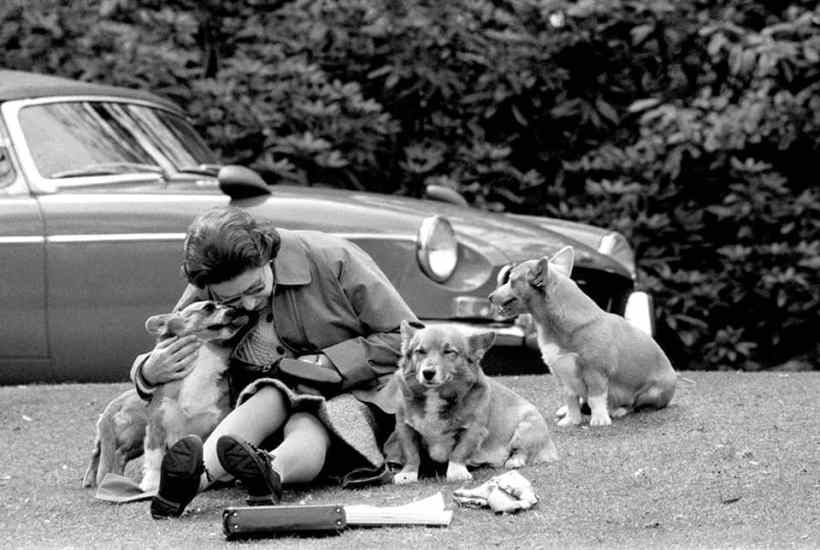

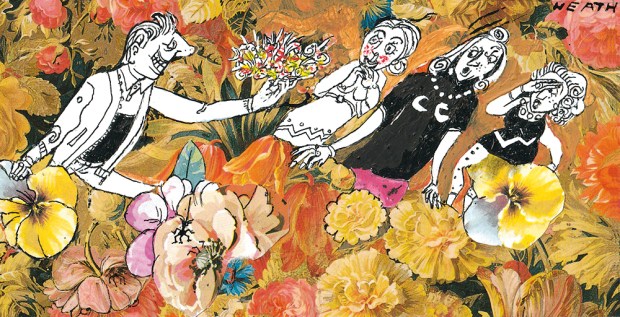
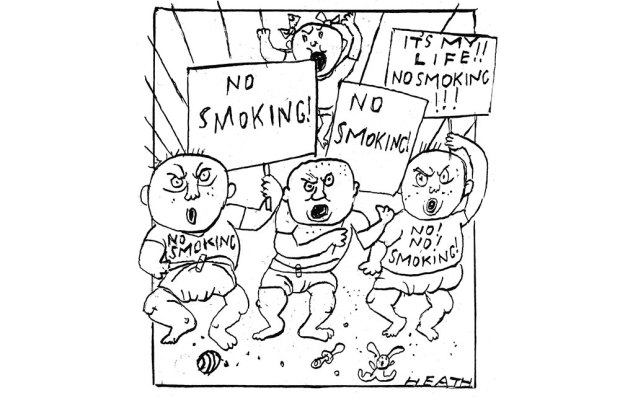
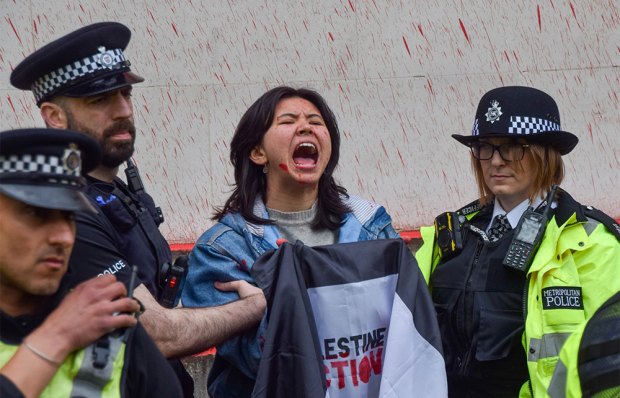

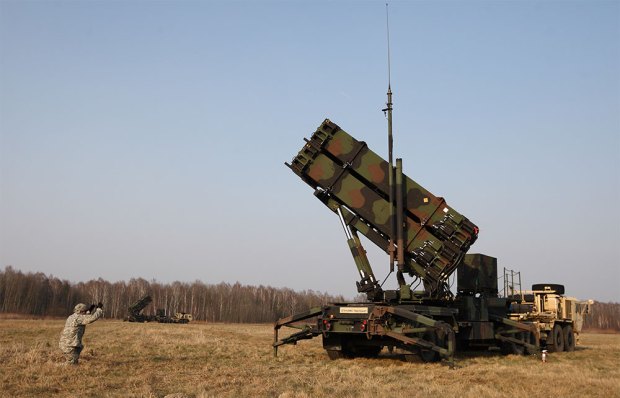






Comments
Don't miss out
Join the conversation with other Spectator Australia readers. Subscribe to leave a comment.
SUBSCRIBEAlready a subscriber? Log in